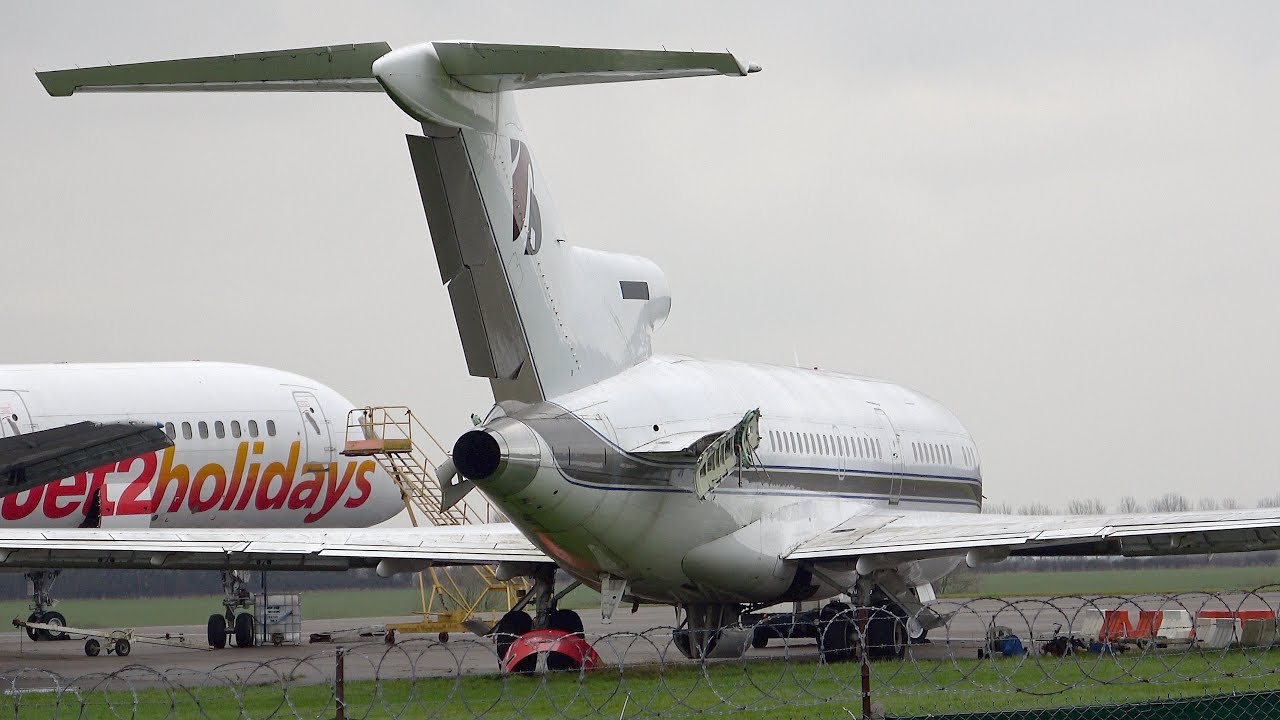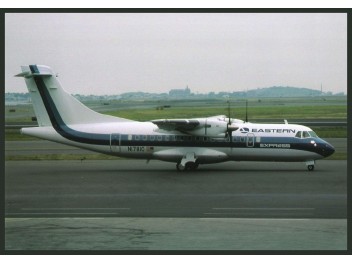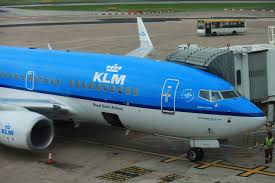
Introduction to Concorde
Concorde, the renowned supersonic passenger aircraft, has captured the imagination of aviation enthusiasts since its first flight in 1969. As one of only two supersonic transports to enter service, this emblem of engineering excellence significantly changed the landscape of air travel, allowing passengers to fly from London to New York in under four hours. Its importance lies not only in its technological advancements but also in its cultural impact, representing an era of speed and luxury.
The Development of Concorde
The development of Concorde was a joint project between the British and French governments, undertaken by the British Aircraft Corporation and Aérospatiale. The aircraft was designed to cruise at speeds of over twice the speed of sound (Mach 2.04) and at altitudes of 60,000 feet, reducing travel time dramatically. The first Concorde entered service with British Airways and Air France in 1976, immediately becoming a symbol of prestige and sophistication in the aviation industry.
Operational Challenges and Highlights
Despite its revolutionary capabilities, Concorde faced several challenges throughout its operational history. The aircraft’s high operational costs, strict environmental regulations, and the 2000 crash in France significantly restricted its commercial viability. Nevertheless, Concorde remained a favoured choice for the wealthy elite, often boasting famous personalities among its passengers, including musicians, actors, and even royalty. The final Concorde flight took place in 2003, marking the end of an era in commercial aviation.
The Enduring Legacy of Concorde
While Concorde no longer graces the skies, its legacy continues to influence aerospace design and technology. The lessons learned from Concorde’s development regarding supersonic flight have sparked renewed interest in the possibility of commercial supersonic travel. Emerging companies are now exploring technologies that could lead to a new generation of supersonic jets, potentially overcoming the noise and environmental challenges that Concorde encountered.
Conclusion
Concorde remains a remarkable achievement in aviation history, combining luxury with unprecedented speed. Its story is not merely of an aircraft, but of a spirit of innovation and aspiration. As new projects seek to revive supersonic travel, the influence of Concorde is likely to be felt for years to come. As we look to the future, the challenge will be to recapture the magic of Concorde while ensuring environmental sustainability and commercial viability, making the dream of supersonic travel a reality once more.
You may also like

Cotswold Airport: A Significant Hub for Aviation in the UK

The Resurgence of Eastern Airlines in Modern Aviation
